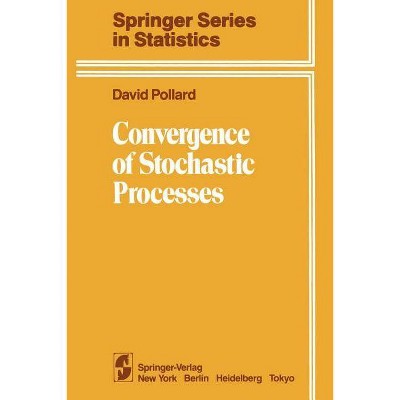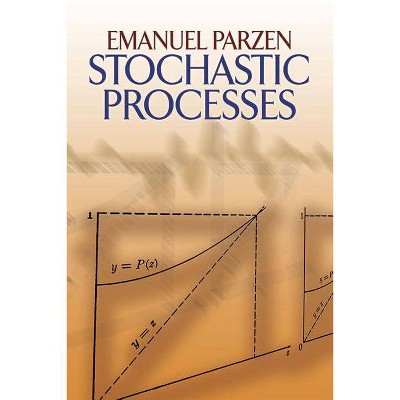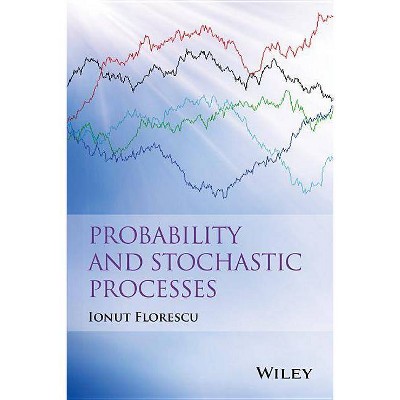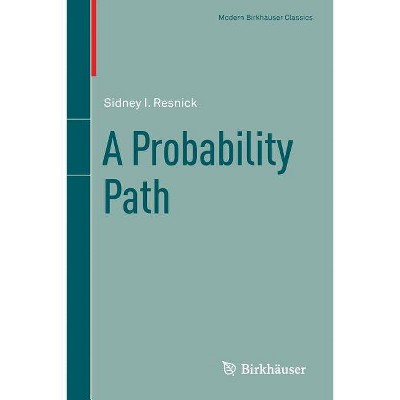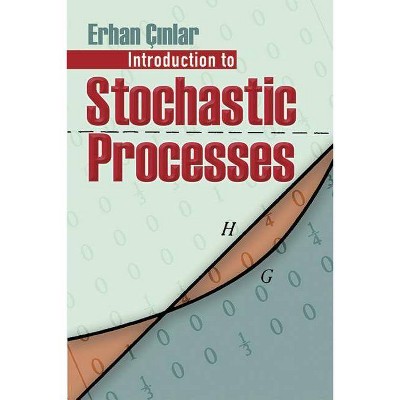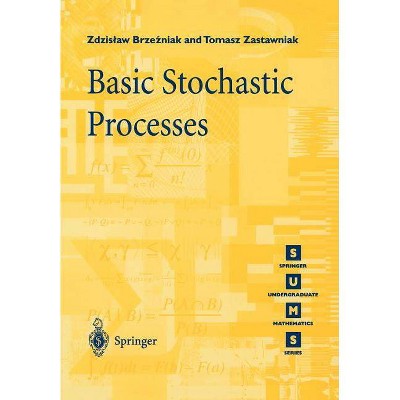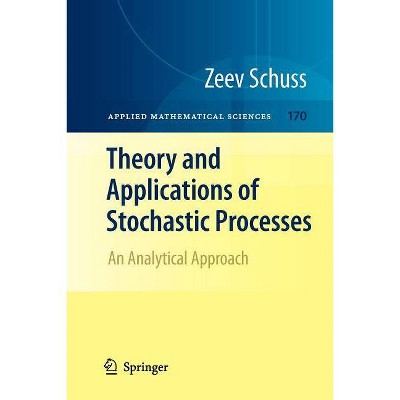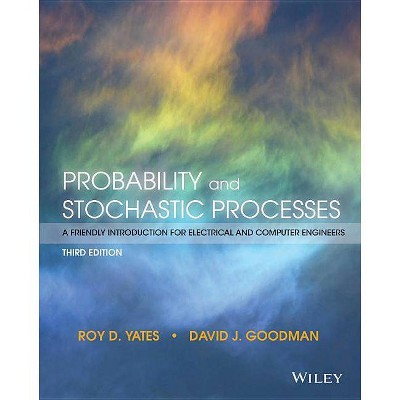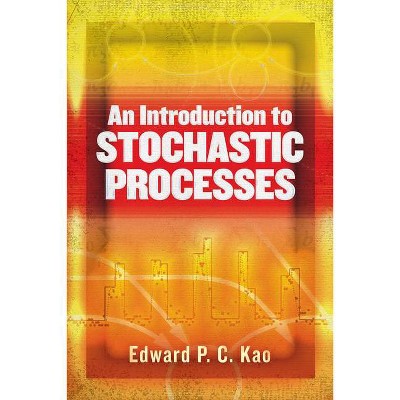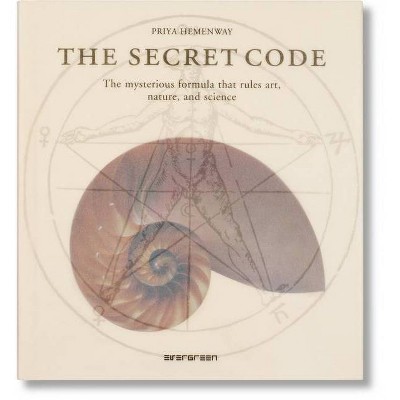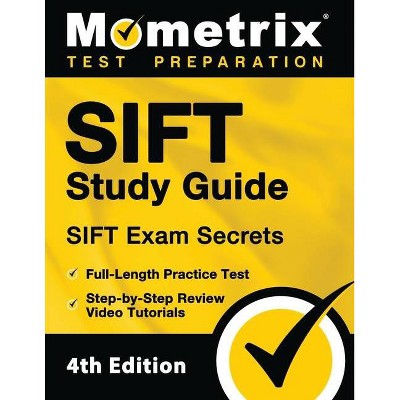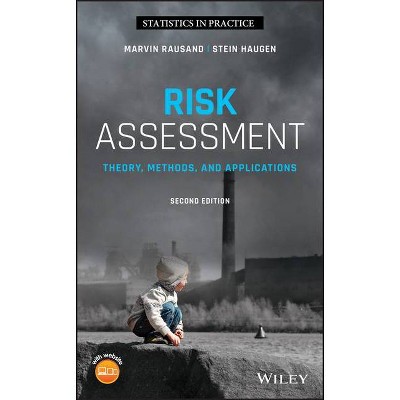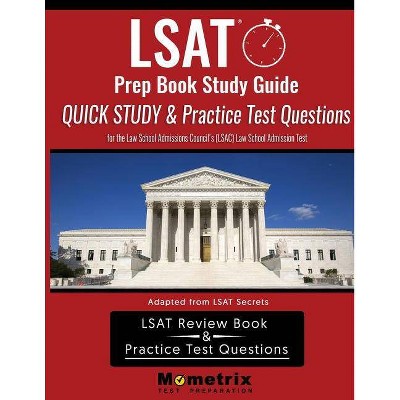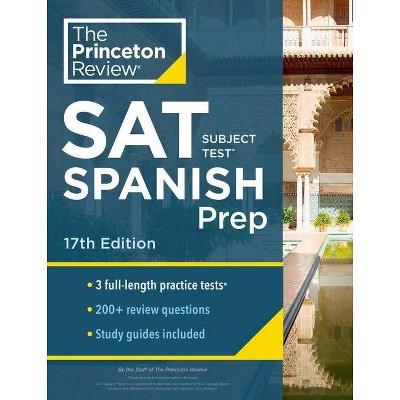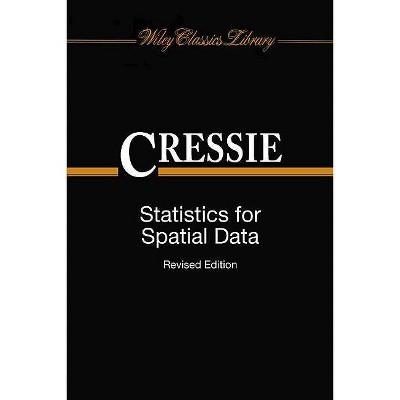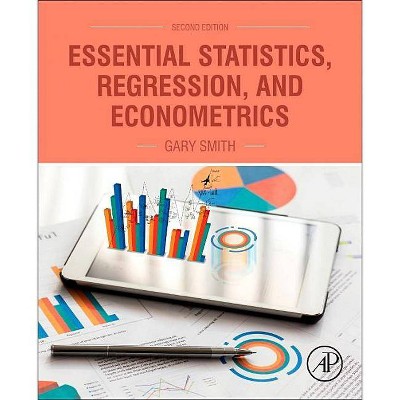Adventures in Stochastic Processes - by Sidney I Resnick (Paperback)
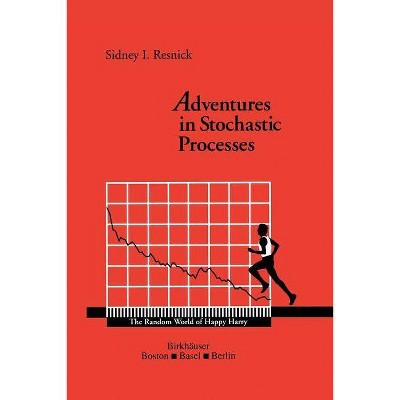
Similar Products
Products of same category from the store
AllProduct info
<p/><br></br><p><b> Book Synopsis </b></p></br></br><p>Stochastic processes are necessary ingredients for building models of a wide variety of phenomena exhibiting time varying randomness. This text offers easy access to this fundamental topic for many students of applied sciences at many levels. It includes examples, exercises, applications, and computational procedures. It is uniquely useful for beginners and non-beginners in the field. No knowledge of measure theory is presumed.</p><p/><br></br><p><b> From the Back Cover </b></p></br></br><p>Stochastic processes are necessary ingredients for building models of a wide variety of phenomena exhibiting time varying randomness. In a lively and imaginative presentation, studded with examples, exercises, and applications, and supported by inclusion of computational procedures, the author has created a textbook that provides easy access to this fundamental topic for many students of applied sciences at many levels. With its carefully modularized discussion and crystal clear differentiation between rigorous proof and plausibility argument, it is accessible to beginners but flexible enough to serve as well those who come to the course with strong backgrounds. The prerequisite background for reading the book is a graduate level pre-measure theoretic probability course. No knowledge of measure theory is presumed and advanced notions of conditioning are scrupulously avoided until the later chapters of the book.</p> <p>The book can be used for either a one or two semester course as given in departments of mathematics, statistics, operation research, business and management, or a number of engineering departments. Its approach to exercises and applications is practical and serious. Some underlying principles of complex problems and computations are cleanly and quickly delineated through rich vignettes of whimsically imagined Happy Harry and his Optima Street gang's adventures in a world whose randomness is a never-ending source of both wonder and scientific insight.</p> <p>The tools of applied probability---discrete spaces, Markov chains, renewal theory, point processes, branching processes, random walks, Brownian motion---are presented to the reader in illuminating discussion. Applications include such topics as queuing, storage, risk analysis, genetics, inventory, choice, economics, sociology, and other. Because of the conviction that analysts who build models should know how to build them for each class of process studied, the author has included such constructions.</p><p/><br></br><p><b> Review Quotes </b></p></br></br><br><p>"Definitely the best textbook for a second course in probability now available. Written with excruciating lucidity, and with an excellent choice of exercises." <strong>--Gian-Carlo Rota, The Bulletin of Mathematics Books</strong></p> <p>"In summary, Resnick has succeeded [in writing] a very fine textbook which will become popular among students as well as among professors preparing an introductory course on stochastic processes." <strong>--Internationale Mathematische Nachrichten</strong></p> <p>"A splendid book to bring home the value and importance of stochastic processes. Highly recommended." <strong>--Choice </strong></p> <p>"There are so many good introductory texts on [stochastic processes] that one can hardly hope to write a better or more attractive one. This book, however, convinced the reviewer that it very likely that the Adventures will beocme a widely used, popular first year graduate text on stochastic processes. The book is flexible, the motivations of deep theories are clear, the examples and exercises are interesting." <strong>---Zentralblatt MATH</strong></p><br>
Price History
Price Archive shows prices from various stores, lets you see history and find the cheapest. There is no actual sale on the website. For all support, inquiry and suggestion messagescommunication@pricearchive.us
